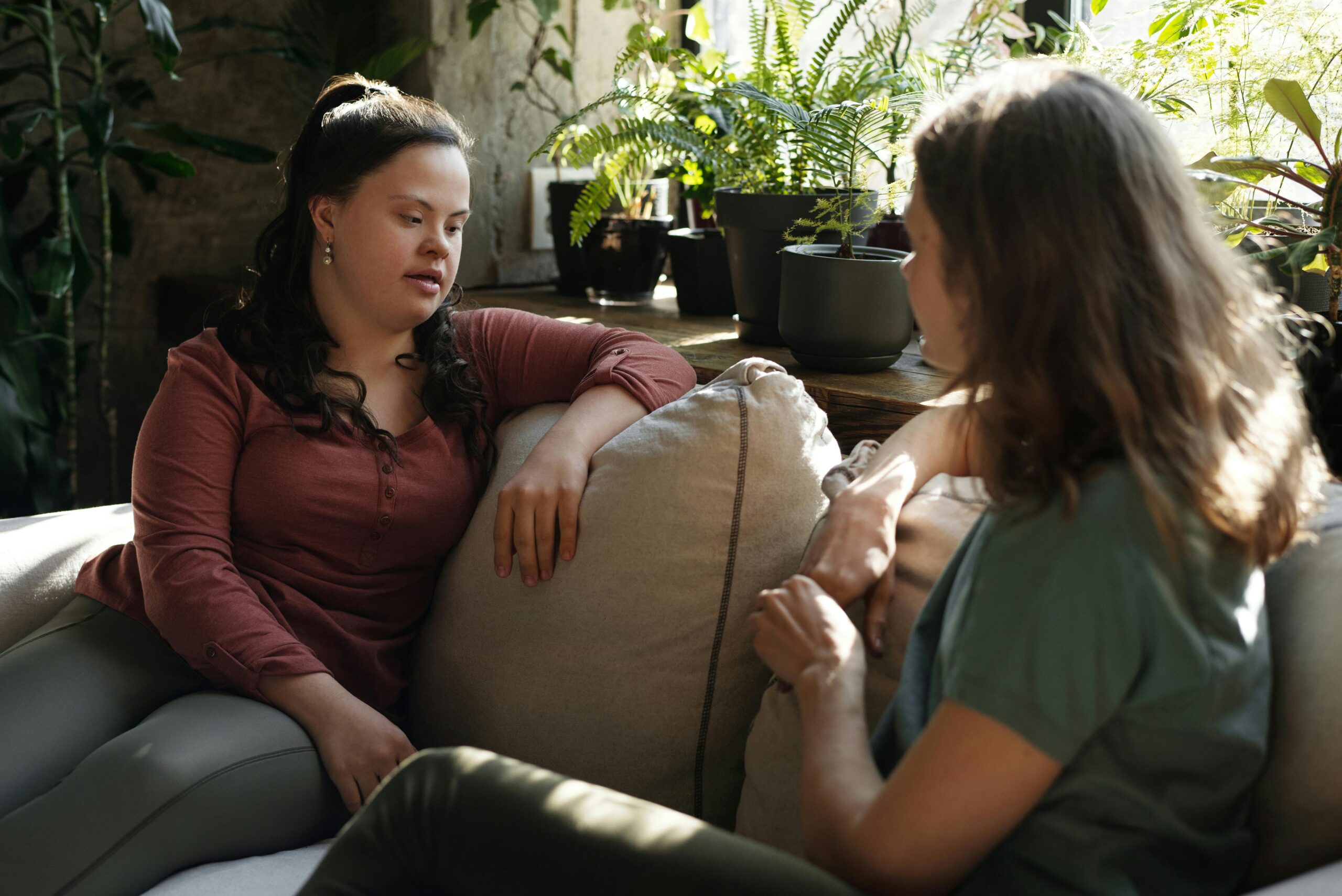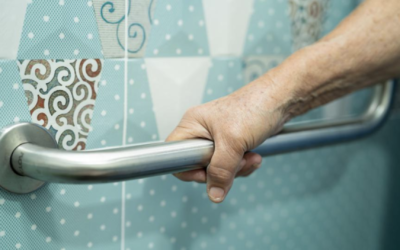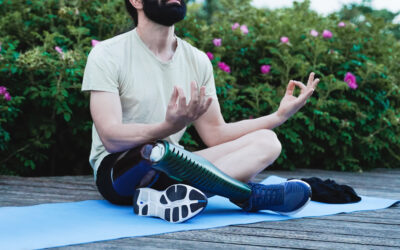(Image: A woman with Down Syndrome speaks with a professional to advocate for her needs.)
Imagine standing at a crossroads, unsure which path to take. This is often the reality for people with disabilities navigating a world that may not always be designed with their needs in mind. Self-advocacy and self-support become the essential tools to navigate these challenges, empowering individuals to chart their own course and carve out a fulfilling life.
Understanding Self-Advocacy: Speaking Up for Yourself
Self-advocacy is more than just expressing your needs. It’s about confidently communicating your desires, rights, and expectations. This involves:
- Understanding your rights and limitations: Knowledge is power. Educate yourself about laws and policies that impact your life, such as those related to accessibility or educational accommodations.
- Articulating your needs clearly: Whether it’s requesting specific equipment at work or advocating for a modification or accommodation in your living space, clear and concise communication is vital.
- Problem-solving and finding solutions: Don’t just point out the issue; propose solutions and collaborate with others to find the best approach.
- Negotiating for accommodations: Self-advocacy empowers you to negotiate for reasonable adjustments that enable you to participate fully in education, work, or any aspect of your life.
Benefits of Self-Advocacy:
The benefits of self-advocacy are far-reaching. It fosters:
- Increased independence: By speaking up and securing the support you need, you gain control over your life and become less reliant on others.
- Improved self-esteem: Successfully advocating for yourself builds confidence and empowers you to believe in your abilities.
- Greater control: You become an active participant in shaping your environment and experiences.
- Empowering others: Your self-advocacy journey can inspire others with disabilities to take charge of their lives.
Self-Support: Building Your Inner Strength

A man with limb loss of the leg gets ready to jump in the pool for a swim.
Self-advocacy thrives alongside self-support, which involves developing the skills and resources to live a fulfilling life. Here’s how to build your inner strength:
- Developing a strong support network: Surround yourself with family, friends, and professionals who understand your challenges and champion your goals.
- Building resilience: Challenges are inevitable. Develop your coping mechanisms to bounce back from setbacks and maintain a positive outlook.
- Empowering yourself through knowledge: Learn new skills, explore different resources, and stay informed about advancements related to your disability.
- Practicing self-care: Prioritize your physical and mental well-being. This could include regular exercise, healthy eating habits, and mindfulness practices.
- Finding your voice: Creative expression through art, music, or writing can be a powerful tool for self-discovery and self-advocacy.
Building Self-Advocacy and Self-Support Skills
Developing these skills takes time and practice. Here are some starting points:
- Find role models and mentors: Connect with individuals who have successfully navigated challenges and can offer guidance. CPWD offers regular Peer Groups where you can meet people who may have faced what you are facing, and can offer guidance and support.
- Join support groups and disability rights organizations: Surround yourself with a community that understands and advocates for your needs. Again, Peer Groups offer friendship and shared experiences that can bring a sense of purpose and empowerment.
- Practice assertiveness: Assertiveness training can equip you with the communication skills needed to express your needs effectively. There’s a difference between assertive and aggressive. Assertive means being clear about your needs, opinion or voice, and stating it accurately with confidence. This is usually more effective that being aggressive, which can include anger, complaining and other pushy tones that might be hard for the receiver to hear.
- Embrace new technologies: Assistive technologies can help with communications, learning about options, rules and laws, and be a powerful tool for people with visual impairment or other disabilities that make typical speech, reading and writing challenging.
- Celebrate your successes: Acknowledge your progress, no matter how small. This will motivate you to continue on your self-advocacy journey. Peer Groups are a great place to share your successes and celebrate with others.
Beyond Individual Empowerment: A Ripple Effect
The impact of self-advocacy and self-support extends beyond the individual. By speaking up for your needs, you contribute to creating a more inclusive world for everyone. Your voice paves the way for change, influencing accessibility standards and raising awareness about disability rights. Additionally, your journey can inspire others to embrace their unique strengths and advocate for themselves.
Remember:
- You are your best advocate. Believe in your abilities and fight for your rights.
- Self-advocacy and self-support are ongoing processes. Be patient with yourself and celebrate every step forward.
- There are resources available to help you. Don’t hesitate to seek support from professionals or disability rights organizations. CPWD has Independent Living Advisors (ILAs) that can help you identify your independent living needs, turn those into goals, and then assist you to work towards those goals. ILAs can assist with self-advocacy training, and provide important information about areas of challenge, such as landlord relations, workplace accommodations, benefits, transportation, access to medical care and more.
To find out more about CPWD Peer Groups or ILA services, reach out to us at [email protected].
By embracing self-advocacy and self-support, you become the architect of your own life. You find your voice, navigate challenges, and create a path towards a fulfilling and empowered future.

A man who is a wheelchair user sits outside with a woman by a lake. They are smiling at one another.





